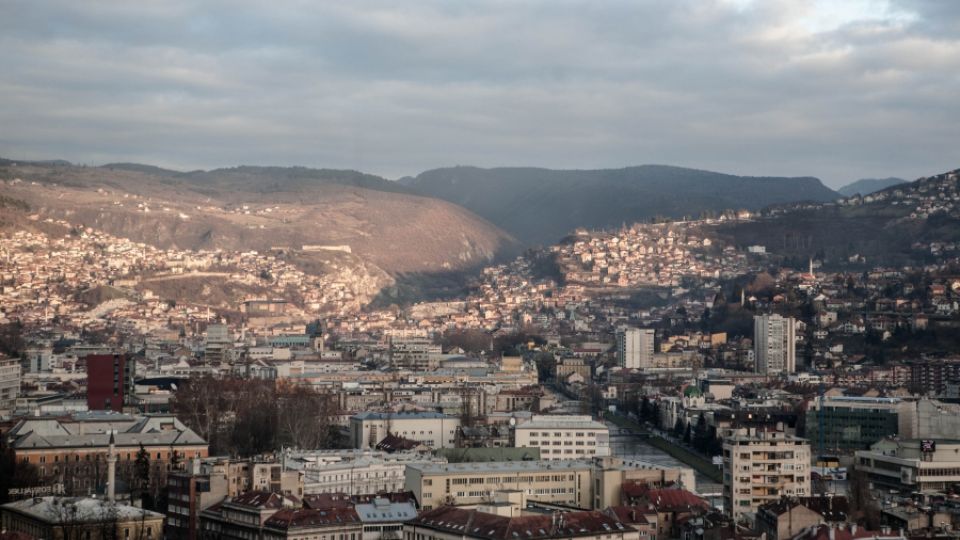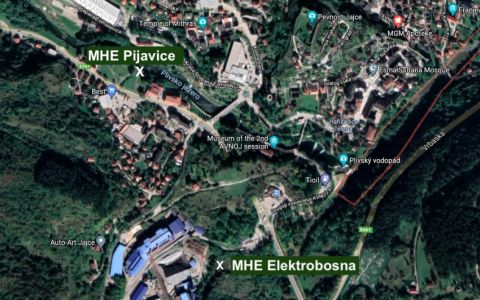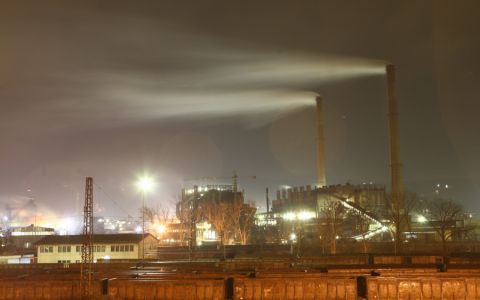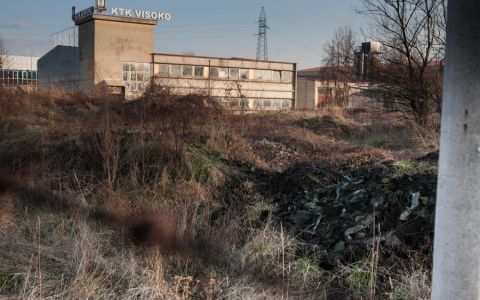Sarajevo, the capital of Bosnia and Herzegovina, faces dangerous air pollution. Due to car traffic and local heating, heavy smog occurs over the city, especially in winter time. Attempts to find a solution are not very successful so far.
Dangerous and harmful emissions are being released into the atmosphere from the local coal-power plants and big amount of cars on the city. Sarajevo lies in a valley where fluctuation of air is very slow. The city is surrounded by hills, from which it is possible to see clouds of smog and fog hovering the city especially in the winter time. According to the World Health Organization, the capital of Bosnia and Herzegovina is the most polluted European city.
Air quality monitoring began in Bosnia and Herzegovina in 1967. In the 60s and 70s, gas was introduced as a heating source of the city; it was mainly because of sulfur dioxide (SO2) and charcoal (CO) and other particles. Today it is power plants exhausting apart from SO2 and CO particulates matter (PM10), nitrogen oxide (NO2) but the situation become much worse with car exhausts. The majority of cars driven in the city are 15 – 18 years old; therefore they are less environmentally-friendly.
Doctors warn citizens not to go out unless it is really necessary. The exposure to contaminated cells may cause chronic respiratory health problems. The number of particles produced by car exhausts can be many times higher than is the limit. The measurements are sometimes that high that it causes the breakdown of measuring equipment.
Exposure to car and plant emissions released to the atmosphere causes mainly respiratory problems, eye irritations, reduction of the quality of life and in some cases even of the length of life. It is highly dangerous for small children and people who suffer from respiratory and cardiac problems, diabetes, allergies, elderly people and pregnant women. The longer the exposure lasts, the bigger healthy issues they can cause. The critical situation in Sarajevo and other Bosnian cities (e.g. Zenica and Tuzla) can last up to several months in winter time where the inversion keeps the harmful particles in the cities.
Automated measuring stations have been set up in Sarajevo and places that measures harmful particles in the atmosphere every 24 hours. Under this link you can enter the official web site run by the Bosnian Ministry of Physical Planning and Environmental Protection of Sarajevo Canton (Ministarstvo prostornog uređenja i zaštite okoliša Kantona Sarajevo) where you can see the actual amount of each emission. If it exceeds the upper limit of the amount allowed in the atmosphere you can check in the table below.
Table showing upper and lower limits of the evaluation and tolerance value in a one day
|
Pollutant |
Upper Limit |
Lower Limit |
|
SO2 |
75 µg/m3 |
50 µg/m3 |
|
NO2 |
32 µg/m3 |
26 µg/m3 |
|
PM10 |
35 µg/m3 |
25 µg/m3 |
Source: Ministry of Physical Planning and Environmental Protection of Sarajevo Canton
Management of the air quality is in hands of ministries responsible for the environment, some activities regarding monitoring of air quality are carried out by meteorological institutes. The local institutions do not have enough recourses to measure the amount of the contaminated cells daily, that makes the monitoring much more difficult. However, the official air quality monitoring has not been established in Bosnia and Herzegovina yet.







